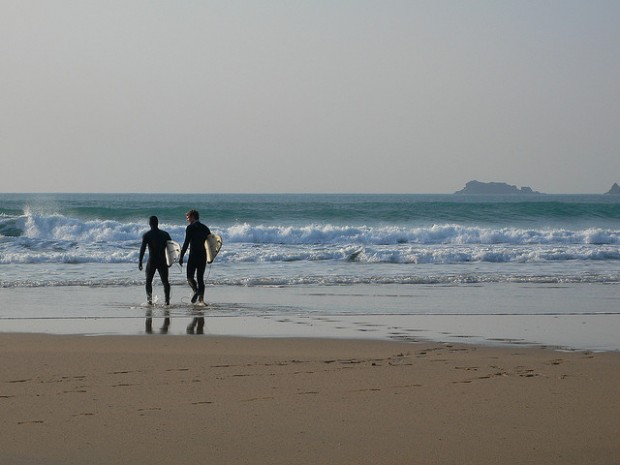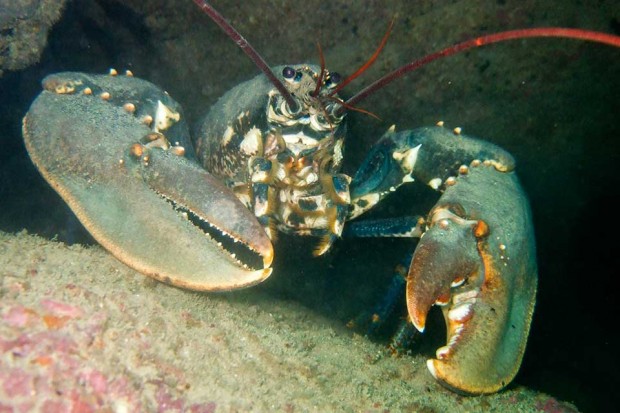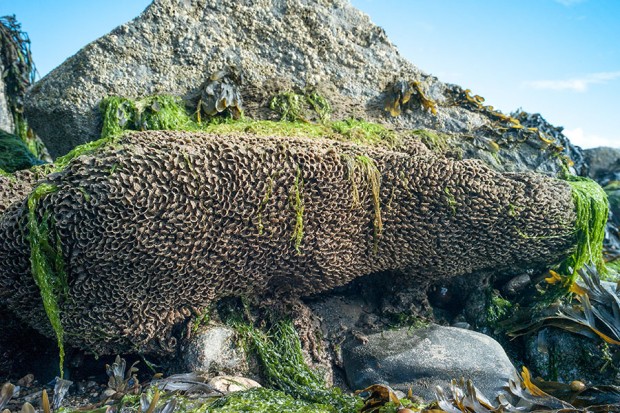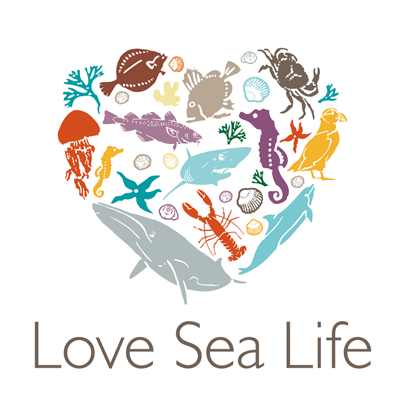Almost everyone in Britain has some experience of the sea. Some of us make a living there, perhaps fishing or working in the ports. Some of us study the incredible creatures that live beneath the waves. And for some of us, a sunny, empty weekend means loading our surf gear into the car and heading out to catch a wave.
However we interact with the sea, we can all agree that it's important we keep it healthy and productive for generations to come.
We need to make sure that sites with important wildlife, plants or geological features are protected, whilst ensuring long-term economic security for coastal businesses and communities.

That's why the Government is launching a consultation on the 23 sites we have recommended become Marine Conservation Zones.
When a site becomes a Marine Conservation Zone it doesn't mean all activity is banned - but it does mean measures are put in place to protect wildlife.
The first 'tranche' (or round) of designations saw 27 sites, totalling 9,664 km2, named Marine Conservation Zones in November 2013.
This is the second tranche, and there is a third to come.
Take a look at the list below. If you live or work near one of the proposed sites, we'd love to hear your views. But you're also welcome to take part if you live inland - anyone with a valid contribution to make should take part.
Coquet to St Mary’s
Farnes East
Fulmar
Runswick Bay
Holderness Inshore
Cromer Shoal Chalk Beds
The Swale Estuary
Dover to Deal
Dover to Folkestone
Offshore Brighton
Offshore Overfalls
Utopia
The Needles
Western Channel
Mounts Bay
Lands End
North West Jones Bank
Greater Haig Fras
Newquay and The Gannel
Hartland Point to Tintagel
Bideford to Foreland Point
West of Walney
Allonby Bay
The 23 sites have been proposed with a focus on opportunities to add to the current network of Marine Protected Areas.
They range from Allonby Bay on the Cumbrian coast, which has blue mussel beds and living reefs formed by the honeycomb worm, to a stretch of coast between Bideford and Foreland, home to pink sea fan and anemones.
The designation of the Fulmar offshore site would protect 2400 km2 of sandy and muddy habitat in the North Sea. This is inhabited by species including clams, cockles and the brittlestar, a creature which crawls on five slender arms.
This is just a part of the work we’re doing to protect and improve our seas. Our Marine Strategy Framework Directive consultation will give everyone the chance to say whether all our planned measures, from MCZs to the ban on throwing dead fish back into the sea, are enough to allow us to achieve Good Environmental Status in our seas by 2020.



